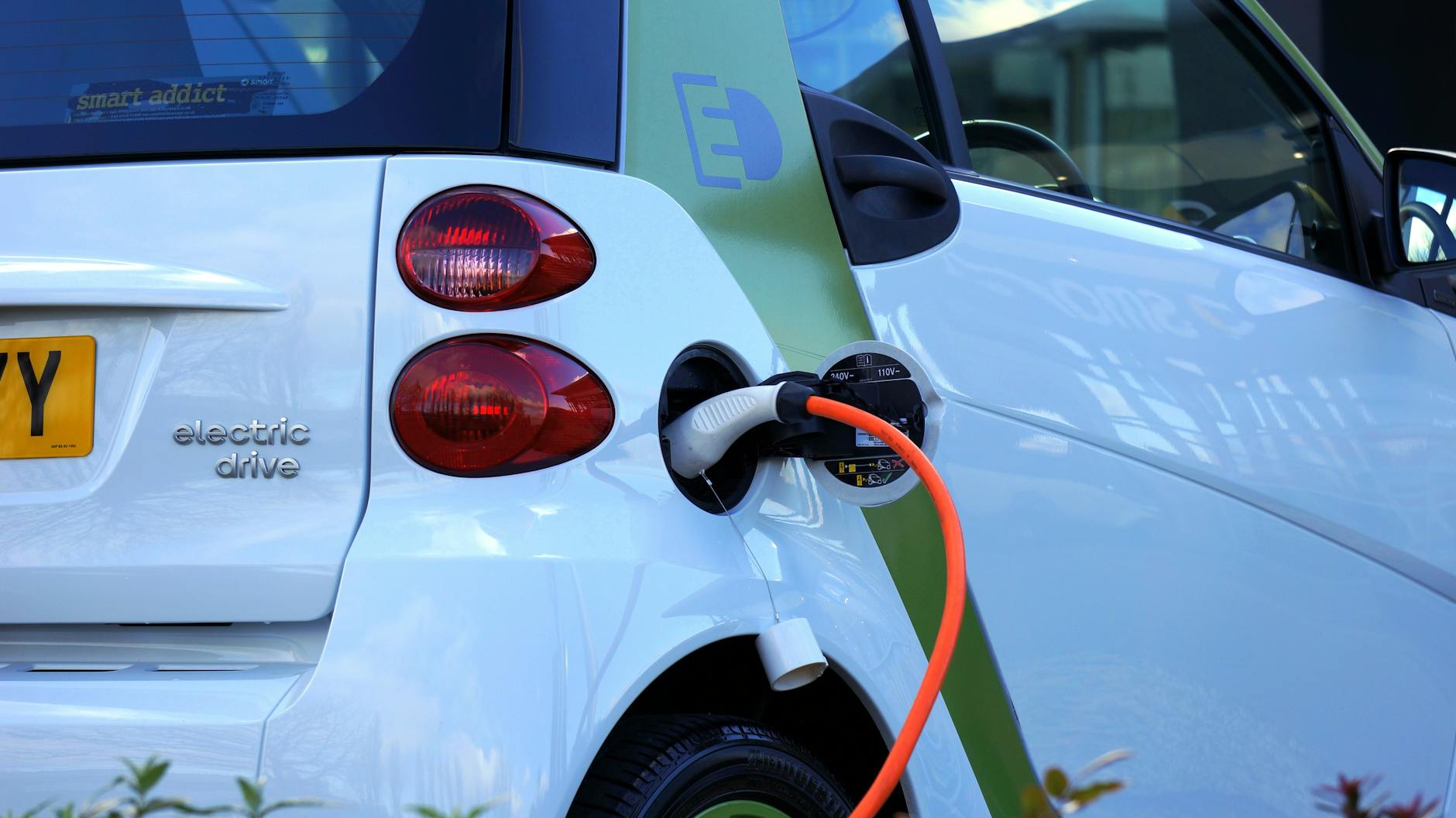🚗💨 Are you ready to be shocked by the incredible affordability of electric cars? I know I was! When I first started exploring the world of EVs, I thought they were all luxury vehicles with eye-watering price tags. Boy, was I wrong! 😮
As it turns out, there’s a whole market of budget-friendly electric cars that won’t break the bank. In fact, some of these eco-friendly rides are priced so competitively, they’ll make you do a double-take. 👀 Whether you’re a city dweller looking for a stylish commuter or a family in need of a spacious SUV, there’s an affordable electric option waiting for you.
In this blog post, I’ll take you on a journey through the top 5 cheapest electric cars available in the US. We’ll start by understanding what makes these cars so affordable, then dive into each model – from the compact Chevrolet Bolt EV to the underdog Mazda MX-30. By the end, you’ll be armed with all the knowledge you need to make an informed decision and maximize your savings on your next electric car purchase. Ready to plug in and power up? Let’s go! 🔌🚀
Understanding Electric Car Affordability

Factors influencing electric car prices
When I examine the electric car market, I find several key factors that significantly influence their prices. Battery technology is at the forefront, as it’s often the most expensive component. As battery costs decrease, we’re seeing more affordable EVs hit the market. Production scale also plays a crucial role; as manufacturers ramp up production, economies of scale kick in, reducing overall costs.
Government incentives and regulations have a substantial impact too. In my research, I’ve noticed that countries with strong EV incentives tend to have more affordable options available. The level of competition in the market is another factor – as more automakers enter the EV space, prices are driven down.
Here’s a breakdown of the main factors:
- Battery technology and costs
- Production scale
- Government incentives and regulations
- Market competition
- Raw material prices
- Research and development investments
Recent trends in EV affordability
In recent years, I’ve observed a clear trend towards more affordable electric vehicles. This shift is primarily driven by advancements in technology and increased competition. Let me share a comparison of average EV prices over the past few years:
| Year | Average EV Price (USD) |
|---|---|
| 2018 | $55,600 |
| 2019 | $52,800 |
| 2020 | $49,000 |
| 2021 | $45,600 |
| 2022 | $42,100 |
This downward trend is encouraging for potential EV buyers like me. I’ve also noticed that many automakers are now offering electric versions of their popular models at competitive prices. This strategy helps in making EVs more accessible to a wider audience.
Another trend I’ve spotted is the introduction of more affordable long-range EVs. Previously, long-range capabilities were limited to premium models, but now I’m seeing budget-friendly options that can travel over 200 miles on a single charge.
Benefits of choosing a budget-friendly electric car
As I consider my options, I’ve realized that opting for a budget-friendly electric car comes with numerous advantages. First and foremost, the lower initial cost makes EVs more accessible, allowing me to join the electric revolution without breaking the bank.
Here are some key benefits I’ve identified:
- Lower maintenance costs: EVs have fewer moving parts, reducing the need for regular maintenance.
- Cheaper to operate: Electricity is generally less expensive than gasoline, leading to significant savings over time.
- Tax incentives: Many regions offer tax credits or rebates for EV purchases, further reducing the overall cost.
- Environmental impact: Even budget EVs contribute to reducing carbon emissions and air pollution.
- Future-proofing: As cities implement stricter emissions regulations, owning an EV ensures I’m ahead of the curve.
By choosing an affordable electric car, I’m not just saving money upfront – I’m also setting myself up for long-term savings and contributing to a cleaner environment. As we move forward, it’s clear that the electric car market is evolving rapidly, with more affordable options becoming available. This trend is making it easier for consumers like me to make the switch to electric, combining cost-effectiveness with environmental responsibility.
Chevrolet Bolt EV: Compact and Cost-Effective
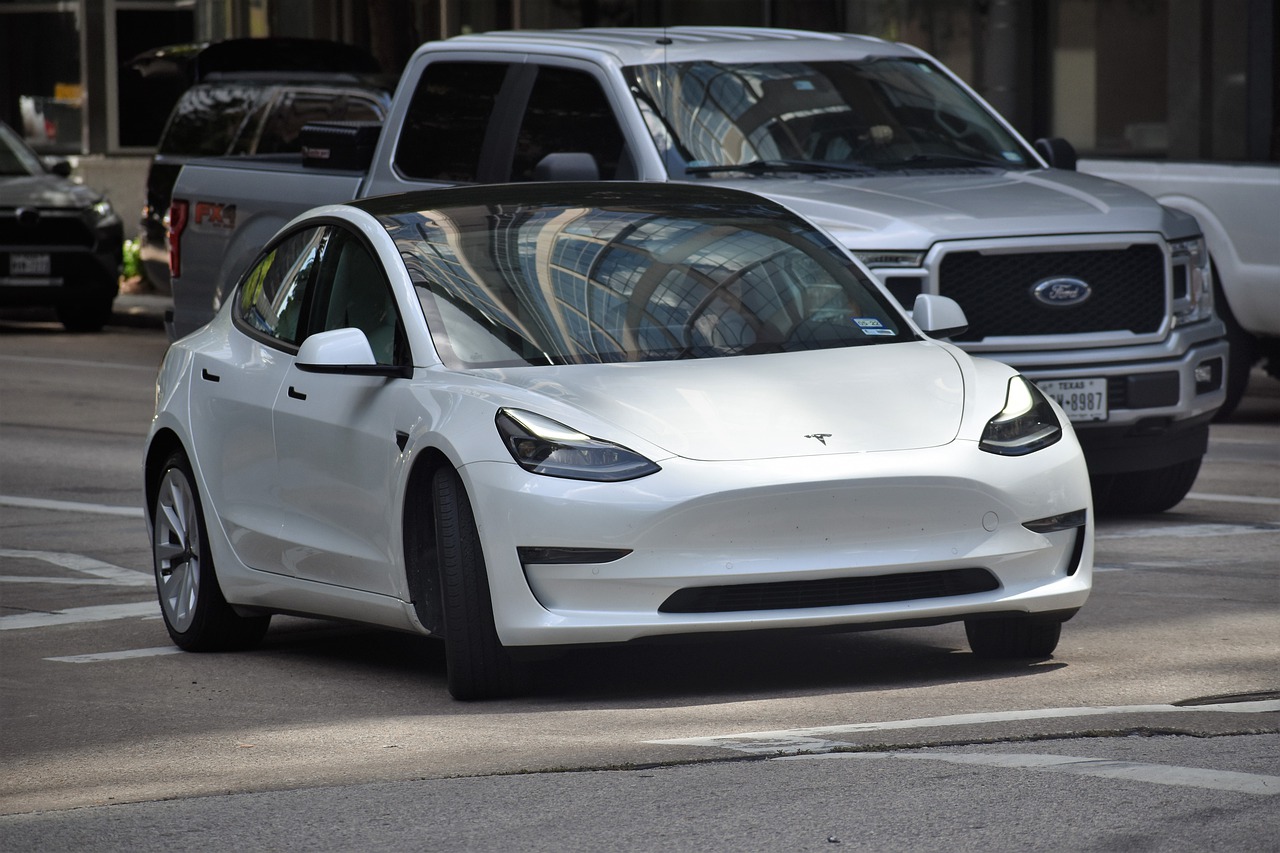
Key features and specifications
When I first laid eyes on the Chevrolet Bolt EV, I was immediately impressed by its compact design and sleek appearance. This little powerhouse packs quite a punch in terms of features and performance. With a range of up to 259 miles on a single charge, I found it perfect for my daily commute and weekend getaways. The Bolt EV’s 65 kWh battery capacity ensures I can go the distance without worrying about frequent charging stops.
One of the standout features that caught my attention is the Bolt EV’s quick acceleration. It can go from 0 to 60 mph in just 6.5 seconds, which I find quite impressive for an affordable electric car. The instant torque delivery makes merging onto highways and overtaking a breeze.
Here’s a breakdown of the key specifications:
- Range: Up to 259 miles
- Battery Capacity: 65 kWh
- Horsepower: 200 hp
- Torque: 266 lb-ft
- Charging Time (240V): Full charge in about 10 hours
- DC Fast Charging: Up to 100 miles in 30 minutes
Price breakdown and incentives
When it comes to affordability, the Chevrolet Bolt EV truly shines. I was pleasantly surprised by its competitive pricing, especially considering the features it offers. Here’s a breakdown of the costs and available incentives:
| Item | Cost |
|---|---|
| Base MSRP | $26,500 |
| Destination Charge | $995 |
| Federal Tax Credit | Up to $7,500 |
| State Incentives | Varies by state |
It’s worth noting that the federal tax credit can significantly reduce the overall cost, making the Bolt EV an even more attractive option for budget-conscious buyers like myself. Additionally, many states offer their own incentives, which can further lower the price.
Pros and cons for budget-conscious buyers
As someone always looking for the best value for my money, I carefully weighed the pros and cons of the Chevrolet Bolt EV. Here’s what I found:
Pros:
- Affordable price point
- Impressive range for its class
- Low maintenance costs
- Spacious interior despite compact exterior
- Advanced safety features
Cons:
- Limited cargo space compared to larger EVs
- Charging infrastructure still developing in some areas
- Basic interior design may not appeal to luxury seekers
Overall, I found the Chevrolet Bolt EV to be an excellent choice for budget-conscious buyers looking to enter the electric vehicle market. Its combination of affordability, range, and features make it a compelling option in the increasingly competitive EV landscape.
Now that we’ve explored the Chevrolet Bolt EV in detail, let’s take a look at another popular affordable electric car option: the Nissan Leaf, which has been a pioneer in the EV market for years.
Nissan Leaf: The Pioneering Budget EV
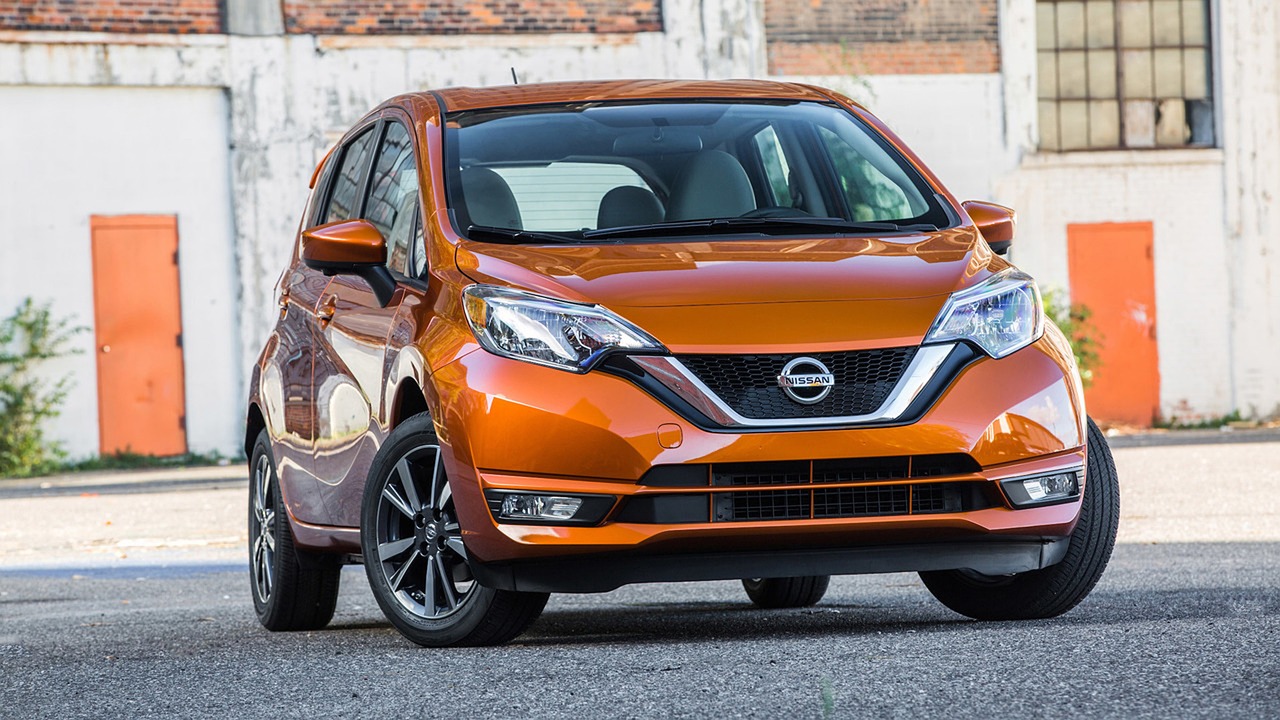
Latest model improvements
As I delve into the Nissan Leaf, I’m excited to share the latest improvements that have made this pioneering EV even more appealing. Nissan has been continuously refining the Leaf since its introduction, and the latest model boasts significant enhancements. The most notable improvement is the sleeker, more aerodynamic design that not only looks great but also contributes to improved efficiency.
I’ve also noticed that the interior has received a major upgrade. The cabin now features higher-quality materials and a more modern infotainment system, making the driving experience more enjoyable and connected. The updated ProPILOT Assist technology has also impressed me, offering improved semi-autonomous driving capabilities.
Pricing structure and available trims
When it comes to pricing, the Nissan Leaf remains one of the most affordable EVs on the market. Here’s a breakdown of the available trims and their starting prices:
| Trim Level | Starting Price (MSRP) | Key Features |
|---|---|---|
| S | $27,800 | 40 kWh battery, 8″ touchscreen |
| SV | $29,490 | ProPILOT Assist, 17″ alloy wheels |
| SV Plus | $35,960 | 62 kWh battery, increased range |
| SL Plus | $37,960 | Leather seats, Bose premium audio |
It’s worth noting that these prices are before any federal or state incentives, which can significantly reduce the overall cost.
Range and performance considerations
As I’ve explored the Nissan Leaf’s capabilities, I’ve found that the range and performance vary depending on the battery size:
- 40 kWh battery: Offers up to 149 miles of range
- 62 kWh battery (Plus models): Provides up to 226 miles of range
The Leaf’s performance is quite impressive for its price point. The standard models produce 147 horsepower, while the Plus versions boast 214 horsepower. This translates to peppy acceleration, especially in city driving scenarios.
Long-term cost savings
One of the aspects I’m most excited about with the Nissan Leaf is the potential for long-term savings. Here are some key points to consider:
- Lower fuel costs: Charging an EV is generally cheaper than fueling a gas-powered car.
- Reduced maintenance: EVs have fewer moving parts, leading to lower maintenance costs.
- Potential tax incentives: Federal and state incentives can significantly reduce the initial purchase price.
- Improved resale value: As EVs become more mainstream, their resale values are expected to improve.
To put this into perspective, I’ve calculated that over a five-year period, a Nissan Leaf owner could save up to $5,000 in fuel costs alone compared to a similar-sized gas-powered vehicle.
Now that we’ve explored the Nissan Leaf in detail, let’s turn our attention to another compelling option in the affordable EV market: the Hyundai Kona Electric.
Hyundai Kona Electric: Affordable SUV Option
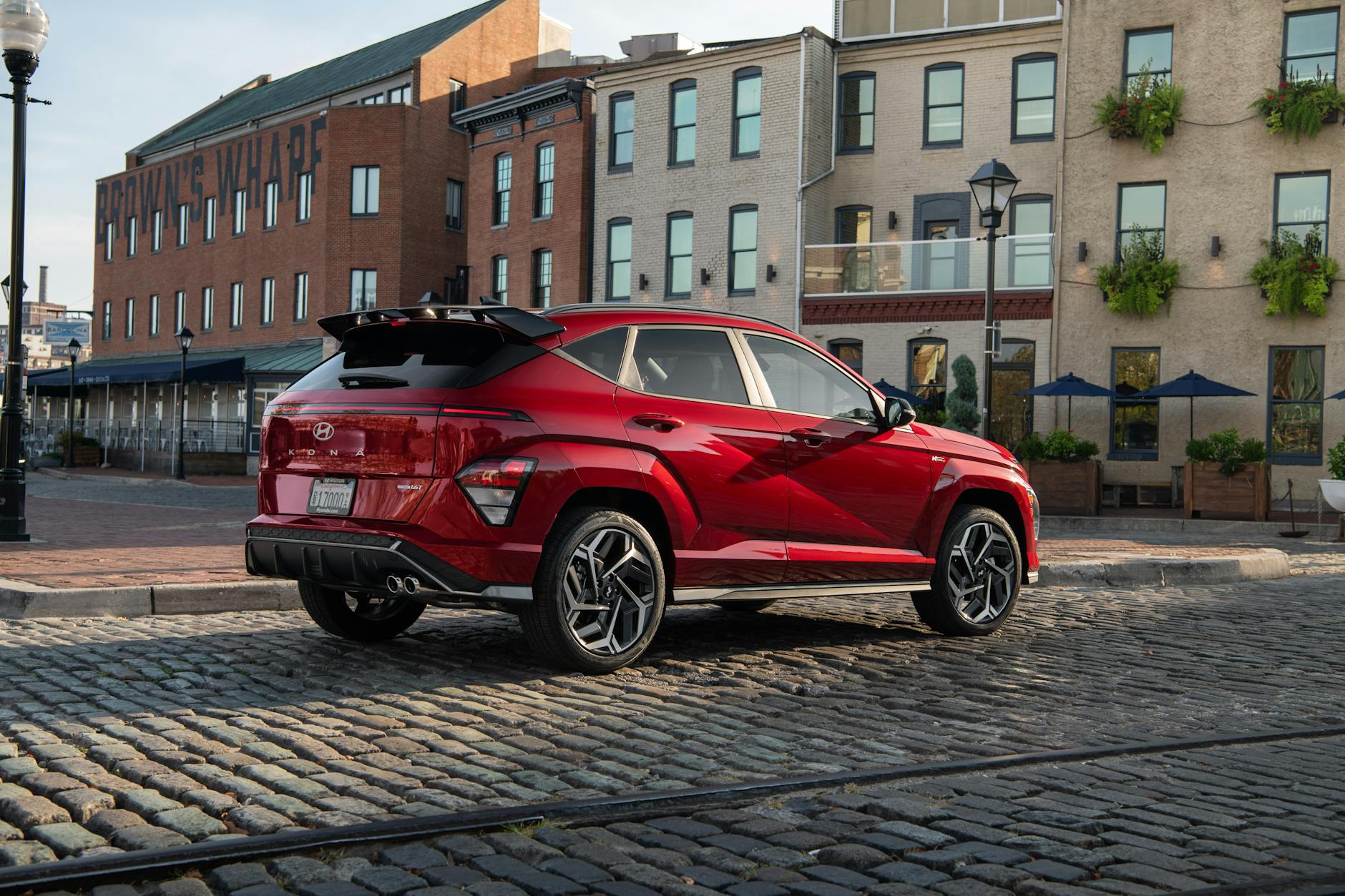
Standout features for the price point
Now that we’ve explored the Nissan Leaf, let’s turn our attention to another affordable electric vehicle that’s making waves in the market – the Hyundai Kona Electric. As an SUV enthusiast, I’m particularly excited about this option because it brings the versatility of an SUV to the world of budget-friendly EVs.
The Hyundai Kona Electric offers an impressive array of features that make it stand out in its price range:
- Sleek, modern design
- Spacious interior with ample cargo space
- Advanced driver assistance systems
- User-friendly infotainment system
- Long-range capability
What I find most remarkable about the Kona Electric is its ability to deliver premium features without breaking the bank. It’s a testament to Hyundai’s commitment to making electric vehicles accessible to a broader audience.
Comparing trims and their costs
When it comes to the Hyundai Kona Electric, I’ve found that understanding the different trim levels is crucial for making an informed decision. Let’s take a look at the available options and their approximate costs:
| Trim Level | Starting Price (MSRP) | Key Features |
|---|---|---|
| SEL | $33,550 | 8-inch touchscreen, wireless Apple CarPlay/Android Auto, heated front seats |
| Limited | $41,550 | 10.25-inch touchscreen, leather seating surfaces, power sunroof |
| Ultimate | $44,000 | Head-up display, ventilated front seats, premium audio system |
It’s important to note that these prices are before any federal or state incentives, which can significantly reduce the overall cost. Personally, I find the SEL trim to offer the best value for money, especially for those looking to enter the electric SUV market without overspending.
Range and charging capabilities
One of the most critical aspects of any electric vehicle is its range and charging capabilities. In my experience, the Hyundai Kona Electric excels in both areas:
-
Range:
- EPA-estimated range of 258 miles on a single charge
- One of the longest ranges in its price category
- Suitable for both daily commutes and longer trips
-
Charging capabilities:
- Supports DC fast charging up to 100 kW
- Can charge from 10% to 80% in approximately 47 minutes using a fast charger
- Level 2 home charging takes about 9 hours for a full charge
I’ve found that the Kona Electric’s impressive range alleviates much of the range anxiety that potential EV buyers often worry about. Its fast-charging capabilities also make it a practical choice for those who need to cover longer distances.
As we move forward in our exploration of affordable electric vehicles, it’s clear that the Hyundai Kona Electric offers a compelling package. Its combination of SUV practicality, impressive range, and attractive pricing makes it a strong contender in the budget EV market. Next, we’ll take a look at another interesting option that brings a touch of style to the electric car world – the Mini Cooper SE.
Mini Cooper SE: Stylish City Commuter

Urban-friendly design and features
As an electric vehicle enthusiast, I’m always excited to talk about the Mini Cooper SE. This stylish city commuter is a perfect blend of iconic design and modern electric technology. I’ve found that its compact size and nimble handling make it ideal for navigating through tight urban streets and squeezing into those hard-to-find parking spots.
The Mini Cooper SE retains the classic Mini look that we all know and love, but with some unique EV touches. I particularly appreciate the yellow accents and closed-off grille that subtly hint at its electric powertrain. Inside, the cabin is just as charming, with a circular infotainment display that’s both functional and fun.
Some standout urban-friendly features include:
- Regenerative braking system for one-pedal driving
- Quick charging capability (0-80% in 36 minutes with DC fast charging)
- Low center of gravity for improved handling
- Heated steering wheel and front seats for comfort in all seasons
- Apple CarPlay compatibility for seamless smartphone integration
Pricing details and potential discounts
When it comes to affordability, the Mini Cooper SE is a pleasant surprise. Here’s a breakdown of the pricing and potential savings:
| Trim Level | Starting MSRP | Potential Federal Tax Credit | Potential Final Price |
|---|---|---|---|
| Signature | $29,900 | Up to $7,500 | As low as $22,400 |
| Signature Plus | $33,900 | Up to $7,500 | As low as $26,400 |
| Iconic | $36,900 | Up to $7,500 | As low as $29,400 |
I always remind potential buyers to check for additional state and local incentives, which can further reduce the cost. Some dealerships also offer special promotions or financing options that can make the Mini Cooper SE even more affordable.
Performance and range trade-offs
While the Mini Cooper SE excels in urban environments, it’s important to consider the performance and range trade-offs. As someone who’s driven this car, I can attest to its peppy acceleration and fun-to-drive nature. However, the range might be a limiting factor for some.
Here’s what you need to know about the Mini Cooper SE’s performance:
- 0-60 mph acceleration: 6.9 seconds
- Top speed: 93 mph
- Horsepower: 181 hp
- Torque: 199 lb-ft
The most significant trade-off is the range. With an EPA-estimated range of just 114 miles, it’s considerably lower than some competitors. However, I’ve found that for city dwellers who primarily use their car for short commutes and errands, this range is often sufficient.
It’s worth noting that the Mini Cooper SE’s smaller battery contributes to its lower price point and quicker charging times. For those who prioritize style, urban maneuverability, and affordability over long-range capabilities, the Mini Cooper SE presents an attractive option in the electric vehicle market.
Now that we’ve explored the Mini Cooper SE, let’s take a look at another contender in the affordable EV market – the Mazda MX-30.
Mazda MX-30: The Underdog Contender
Unique selling points
As I delve into the Mazda MX-30, I’m struck by its unique position in the electric vehicle market. This underdog contender brings some fascinating features to the table that set it apart from its competitors. One of the most notable aspects is its distinctive design. The MX-30 sports a sleek, coupe-like silhouette with rear-hinged “freestyle” doors, reminiscent of the iconic RX-8. This gives the car a premium feel that’s uncommon in this price range.
Another standout feature is Mazda’s commitment to sustainability. The MX-30’s interior incorporates eco-friendly materials like cork and recycled fabrics, appealing to environmentally conscious consumers. This approach not only reduces the car’s carbon footprint but also creates a unique, upscale cabin ambiance.
The MX-30 also offers a driving experience that’s quintessentially Mazda. With its responsive steering and well-tuned suspension, it delivers the engaging drive that Mazda enthusiasts have come to expect, even in an electric package.
Price positioning in the market
When it comes to pricing, the Mazda MX-30 positions itself competitively within the affordable EV segment. Here’s a comparison of the MX-30’s price against some of its main competitors:
| Model | Starting MSRP |
|---|---|
| Mazda MX-30 | $33,470 |
| Chevrolet Bolt EV | $31,995 |
| Nissan Leaf | $28,040 |
| Mini Cooper SE | $29,900 |
| Hyundai Kona Electric | $33,550 |
As we can see, the MX-30’s price is in line with other entry-level EVs, making it an attractive option for those seeking a more premium feel without breaking the bank. It’s worth noting that the final price can be reduced further with federal and state tax incentives, potentially bringing it below the $30,000 mark.
Limited availability and considerations
While the Mazda MX-30 offers an intriguing package, there are some important considerations to keep in mind:
- Limited range: The MX-30 has an EPA-estimated range of only 100 miles, which is significantly less than many competitors.
- Charging speed: It supports DC fast charging, but at a maximum rate of 50 kW, which is slower than some rivals.
- Regional availability: Initially, the MX-30 was only available in California, though Mazda has plans to expand to other states.
- Production numbers: Mazda has limited the production of the MX-30, making it harder to find than other EVs.
These factors make the MX-30 best suited for:
- Urban dwellers with short commutes
- Households with multiple vehicles
- Drivers who prioritize style and driving dynamics over long-range capability
Despite these limitations, I find the Mazda MX-30 to be a compelling option for the right buyer. Its unique design, eco-friendly interior, and engaging driving experience offer something different in the affordable EV market. For those who can work within its range limitations, the MX-30 provides a premium feel at a budget-friendly price point.
Moving forward, let’s explore some strategies for maximizing savings when purchasing an electric car, regardless of which model you choose.
Maximizing Savings on Electric Car Purchases
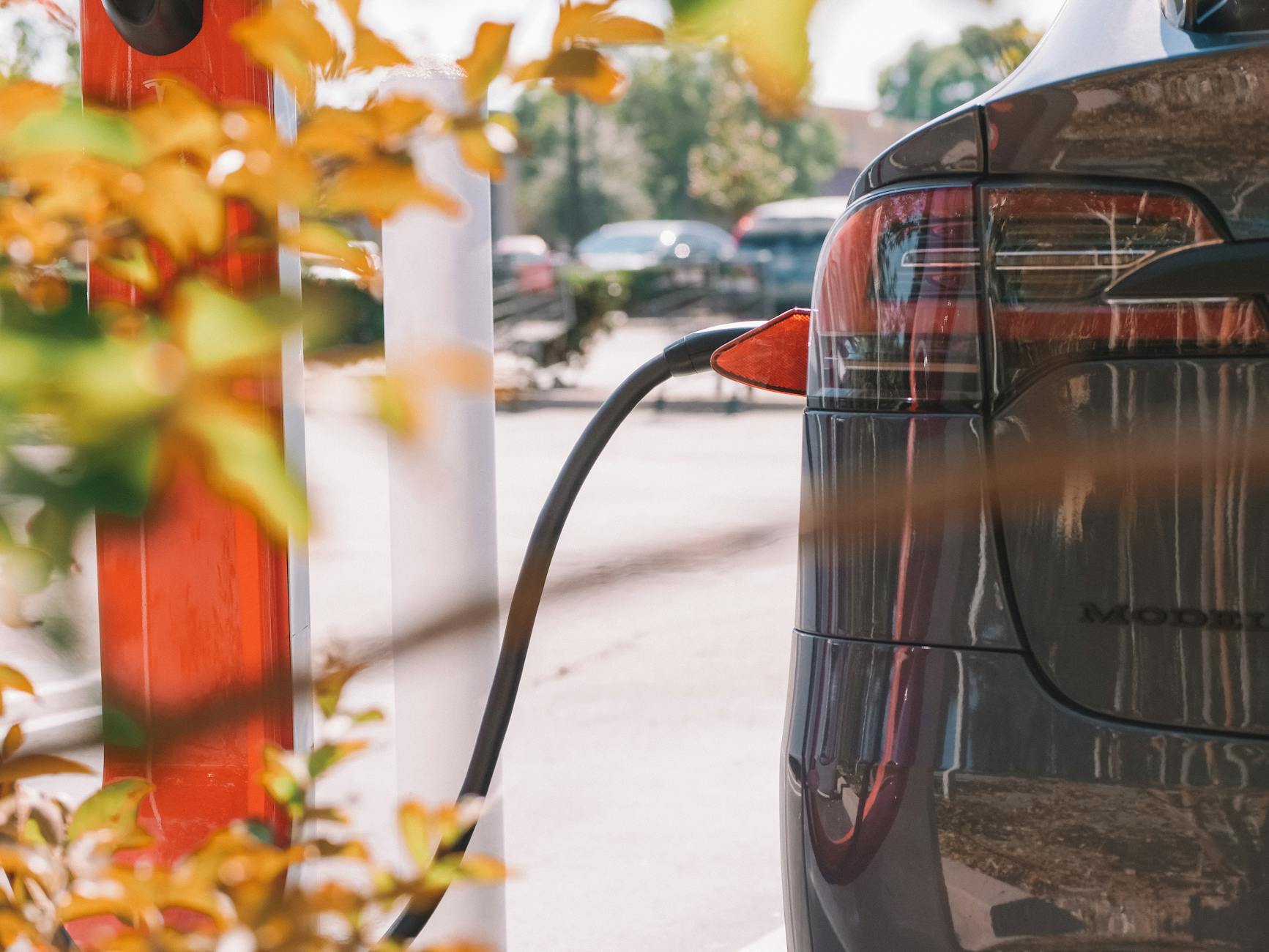
Federal and state incentives explained
As I delve into the world of electric car savings, I can’t stress enough the importance of understanding federal and state incentives. These can significantly reduce the overall cost of your EV purchase. At the federal level, there’s a tax credit of up to $7,500 for qualifying electric vehicles. However, it’s crucial to note that this credit phases out once a manufacturer has sold 200,000 eligible vehicles.
State incentives vary widely, but they can be just as lucrative. For instance, California offers rebates up to $7,000 for eligible vehicles through its Clean Vehicle Rebate Project. Here’s a quick breakdown of some state incentives:
| State | Incentive Type | Maximum Amount |
|---|---|---|
| California | Rebate | $7,000 |
| New York | Rebate | $2,000 |
| Colorado | Tax Credit | $5,000 |
| Massachusetts | Rebate | $2,500 |
Remember to check your specific state’s offerings, as they can change and may have additional qualifications.
Lease vs. buy: Which is more economical?
When it comes to leasing versus buying an electric car, I’ve found that the decision largely depends on individual circumstances. Leasing often requires lower monthly payments and allows you to upgrade to newer models more frequently. This can be advantageous in the rapidly evolving EV market.
On the other hand, buying an EV outright means you’ll own the asset and can benefit from its long-term value. Plus, you’ll be eligible for the full federal tax credit if you purchase, whereas with leasing, the credit typically goes to the leasing company.
Here are some factors to consider:
- Mileage restrictions (leases often have limits)
- Battery degradation concerns (more relevant for ownership)
- Technological advancements (leasing allows for easier upgrades)
- Long-term cost analysis (buying may be cheaper in the long run)
Hidden costs and how to avoid them
While electric cars can offer significant savings, there are some hidden costs I’ve encountered that you should be aware of:
- Home charging installation: Installing a Level 2 charger at home can cost between $500 to $2,000.
- Higher insurance premiums: EVs can be more expensive to insure due to their advanced technology.
- Battery replacement: Though rare, a battery replacement can be costly if needed outside of warranty.
To avoid these hidden costs:
- Research charging options in your area before committing to a home installation
- Compare insurance quotes from multiple providers
- Choose an EV with a comprehensive battery warranty
Long-term ownership benefits
In my experience, the long-term benefits of EV ownership are substantial. Maintenance costs are generally lower due to fewer moving parts and no need for oil changes. Electricity costs are typically much lower than gasoline, especially if you can charge at home during off-peak hours.
Moreover, EVs tend to have slower depreciation rates compared to their gas-powered counterparts, particularly as the technology becomes more mainstream. This can result in better resale values down the line.
As we move forward, it’s clear that understanding these savings strategies can make electric car ownership not just environmentally friendly, but also economically savvy. With this knowledge in hand, you’re well-equipped to make an informed decision about your next vehicle purchase.
